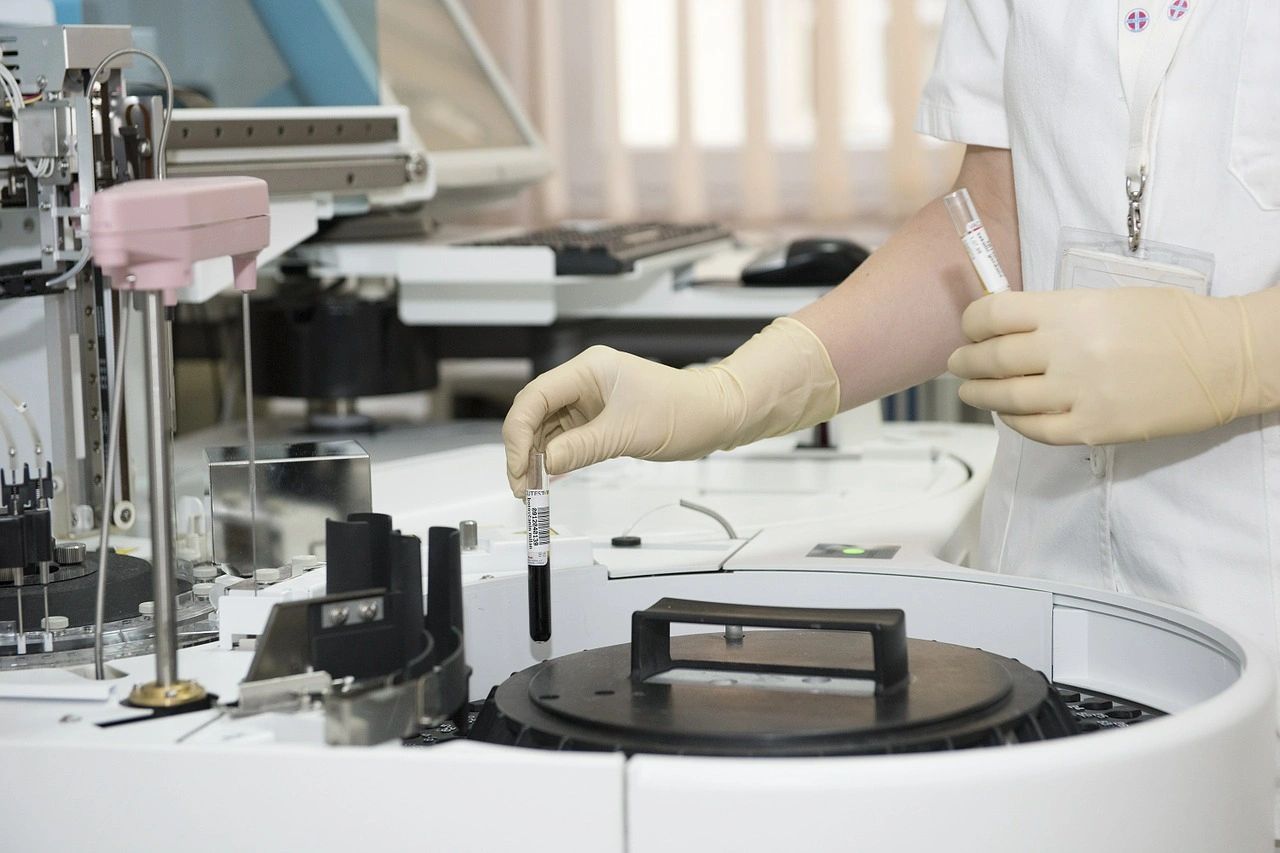
Testing for SARS-CoV-2, the virus that causes COVID-19), continues to be in the news, and you may hear the term CLIA in some of these conversations. CLIA refers to the Clinical Laboratory Improvement Amendments, which are amendments to the Public Health Act established in 1988 to establish quality standards for laboratory testing performed on human specimens for the purposes of diagnosis, prevention, or treatment of any disease or assessment of the health of a human. This article will describe the CLIA program, how the CLIA and FDA in vitro test regulations work together, and what that means for sponsors of new laboratory diagnostic tests.
The purpose of the CLIA program is to ensure quality laboratory testing of human samples. Clinical laboratories must be CLIA-certified to receive Medicare/Medicaid payments. The governing regulations for laboratories are 42CFR Part 493, which explains the process by which laboratories can apply for one or more certificates to test certain categories of tests (waived, moderate, or high complexity) and the elements of the quality system required to achieve that certification. The tests themselves must also be graded according to the criteria in the regulation. CLIA is regulated through the Centers for Medicare and Medicaid Services (CMS) and implemented by the division of Clinical Laboratory Improvement and Quality (see the program page here). Laboratories requesting certification must complete an application and submit it to their state agency, which may have additional licensure requirements. Once certified, labs must maintain their quality systems, undergo regularly schedule proficiency testing for certain tests, and verify their ability to perform any new tests added after the original certification.
How do the CLIA and FDA regulations work together? CMS regulates CLIA laboratories to ensure accurate and reliable test results when laboratories perform testing on patient specimens. The FDA regulates manufacturers and devices under the FD&C Act to ensure that devices “intended for use in the diagnosis of disease or other conditions, or in the cure, mitigation, treatment, or prevention of disease, are reasonably safe and effective.” Many CLIA laboratories use tests that are already cleared or approved by the FDA. A laboratory certified to perform high complexity testing may develop its own test in-house (an LDT or lab developed test), but it can’t release results until the test meets certain performance characteristics internally, and that validation is not meaningful outside the laboratory that developed the test. LDTs are still considered devices under the FD&C Act and would require clearance or approval prior to marketing. You can read a little more about how the two systems align in this FAQ. What’s important is the FDA requirements assure the clinical validity of the test, while the CLIA program requirements only assure the test is analytically valid (meets its analytical performance characteristics). It’s up to the developing laboratory to demonstrate the clinical validity of an LDT test. A CLIA laboratory is reviewed by CMS every two years to confirm its performance and the validation of its LDTs. Importantly, all in vitro diagnostic tests cleared or approved by the FDA receive a CLIA complexity level. Tests of moderate or high complexity must be performed at an appropriately CLIA-certified lab. All LDTs are categorized as high complexity by default. A laboratory with a CLIA Certificate of Waiver may perform such waived tests under Good Laboratory Practices.
Readers can quickly see that developers of in vitro tests for human diagnostic have two pathways to market their test. Tests that are moderate complexity will necessarily follow the FDA pathway. In cases where the test is expected to be high complexity, the FDA pathway, while requiring more clinical development time, will allow the sponsor to market their test more broadly. However, some companies have chosen to develop and market their LDT entirely via the CLIA regulations without FDA approval. One such company is Grail, Inc., whose Galleri test uses next-generation sequencing and automation to screen blood samples of people over 50 years old for early markers indicating the potential presence of over 50 types of cancers. The company is continuing its clinical studies to validate the Galleri test and further understand the range of cancer signals in blood samples. They have been reacquired by Illumina to improve reimbursement and make the test available in more doctor’s offices. Lastly, tests that are designed for a CLIA-waived setting now have the option to submit a dual 510(k) and CLIA waiver application for their test under the MDUFA III amendments to the FD&C Act which combines both approaches.
The CLIA regulations were established under a different legislative mandate (the Public Health Act) than the FDA regulations for diagnostic tests. However, both programs operate to ensure the quality of the tests, test performance, and their results in diagnoses and health assessments. This article described the CLIA program, how the CLIA and FDA in vitro test regulations work together, and what options exist for sponsors of new laboratory diagnostic tests. The challenge lies in balancing the business and regulatory decisions to give a new test its best chance at market success.
Reach out to me if you want to know more or discuss your medical product development or business challenges.
https://www.linkedin.com/company/katrina-rogers-consulting-llc
https://calendly.com/katrinarogers
Text Copyright © 2021 Katrina Rogers
Photo courtesy of Pixabay
